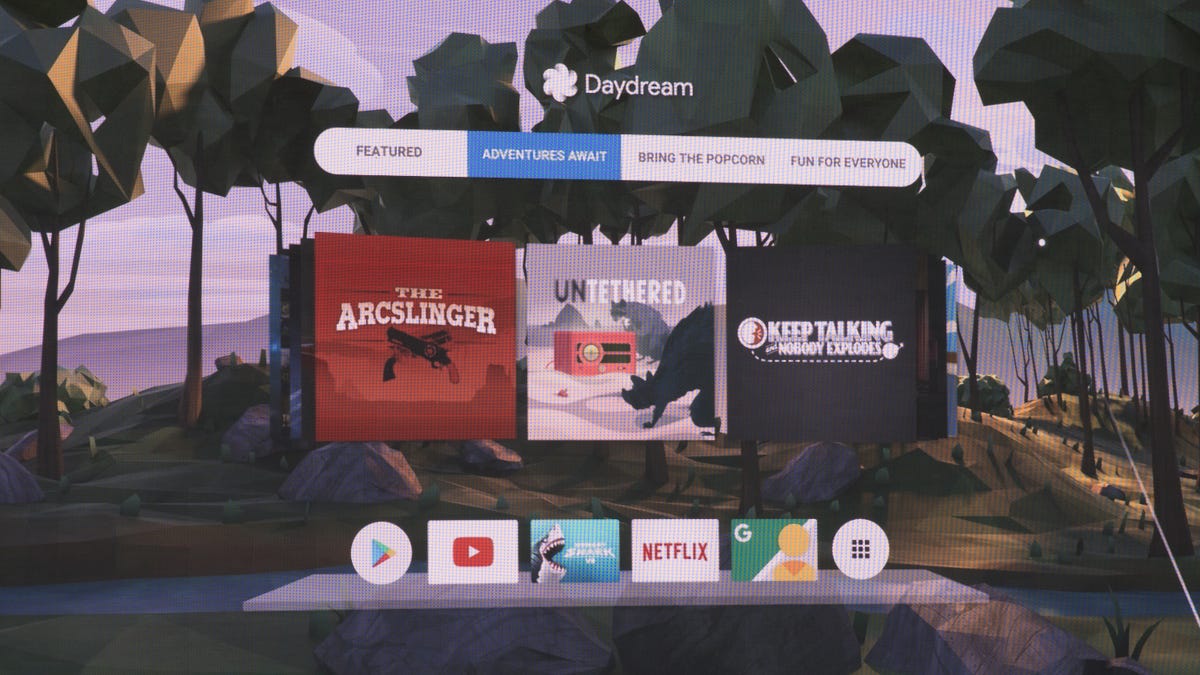Google wants you to use VR more than 40 minutes a week
Looking for the "Angry Birds" of VR, or whatever else will pull people in.

Google's Daydream View VR headset has been around for six months, long enough for Google to collect user habits and data about what its VR users are like.
At a developer session at Google's I/O developer conference called "What's New With Daydream," some of the stats were revealed. The main takeaways: Google VR users spend more, are looking for more experiences, and don't spend as much time in their headsets as you probably think.
According to Google's Brahim Elbouchikhi and Darren Delaye, the average Daydream user spends 40 minutes a week in VR. That doesn't seem like a lot: that's 5.7 minutes a day. Of that, nearly half is spent in video, like YouTube, Netflix, Hulu or other apps. Which means, if you're making a non-video app or game, you're trying to grab 20 minutes out of a Daydream VR user's week.
There's good news, though: apparently, Daydream VR users are three times more likely to buy something, and spend up to 32 percent more than other Android users. That could also be related to Daydream View owners being more premium phone buyers with more disposable income, of course.
Google's advice, at the session I attended at least, was to make more apps that are longer and meatier, and more interesting. Google acknowledges that it needs an Angry Birds of VR, or really any killer app.
Upcoming standalone VR headsets are designed to be more "friction free," meaning possibly more time spent in the headsets... and more time in VR. And, Google's Daydream 2.0 software update will focus on spending more time in the headset being social and checking messages, with less need to take the headset off periodically.
Whether that turns into more VR hours a week remains to be seen: even getting to a full hour would be an achievement.

